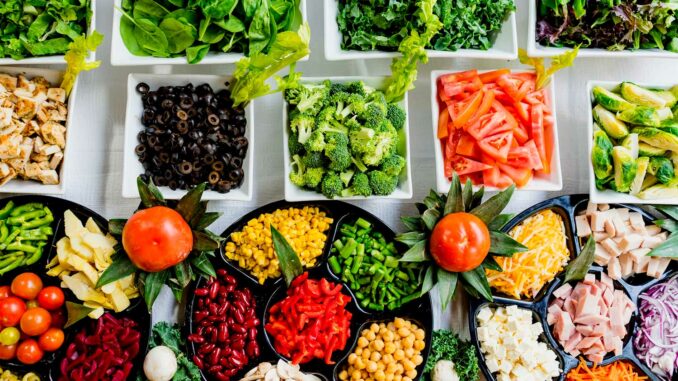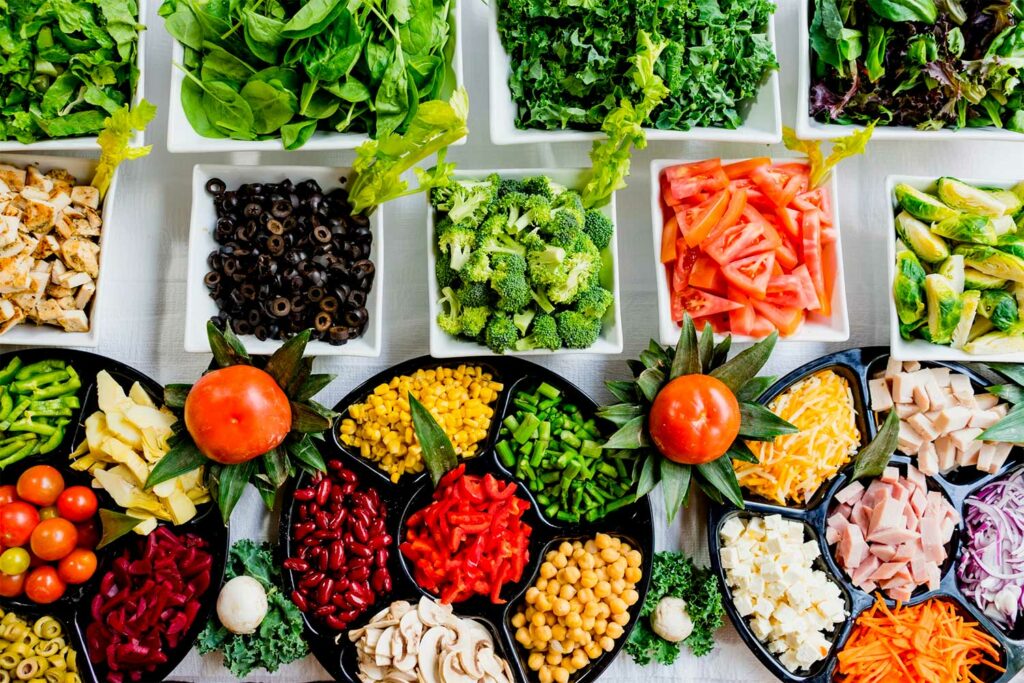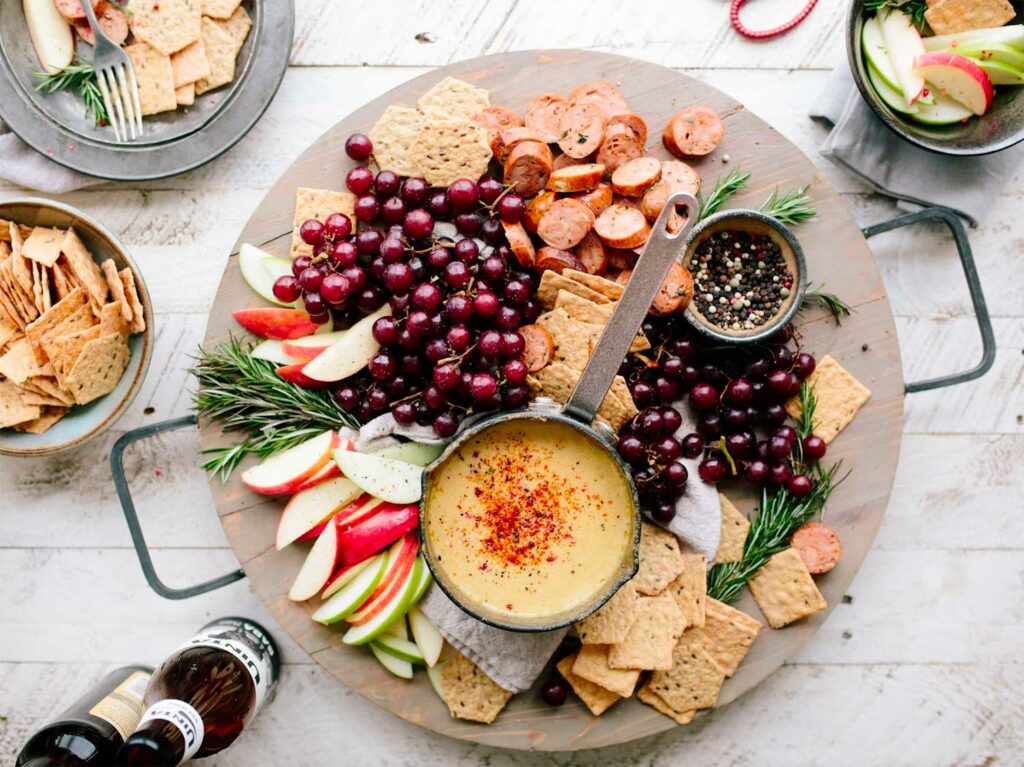
A specialist guide to French cooking patterns—from vegetarian and vegan to Mediterranean, DASH and low-FODMAP—explained through the lens of French gastronomy.
France treats food as culture before it is nutrition. That perspective shapes how people interpret modern diets, from plant-forward eating to gluten-free protocols and lower-carb approaches. This article explains how these patterns intersect with French cuisine, where regional specialties matter, and why taste, technique and seasonality remain non-negotiable. You’ll find clear summaries of the main diets, their potential benefits and pitfalls, and how to apply them to everyday French cooking at home or through cooking classes in France. The goal is practical: use the best evidence available, respect French food culture, and build menus that are both balanced and genuinely pleasurable.
How France frames diet: taste, seasonality, and craft
Food in France is anchored in craftsmanship and terroir: bread from a neighborhood boulangerie, seasonal produce from open-air markets, and cheeses or charcuterie that reflect place. This context matters when evaluating diet “rules.” A French table tends to prioritize quality over volume and structure over snacking—breakfast, lunch, dinner—with vegetables and grains integrated into cooked dishes rather than served as afterthoughts. Within that structure, the country comfortably accommodates preferences, from plant-forward menus to medically indicated restrictions, without sacrificing flavor or technique.
This lens explains why French gastronomy adapts trends pragmatically. A vegetarian guest at a family lunch might receive a vegetable tian from Provence or a lentil salad from Le Puy; someone trialing a low FODMAP phase can still enjoy grilled fish with fennel and citrus, or rice pilaf with herbs. Technique (mise en place, slow cooking, reduction, proper seasoning) makes “restricted” plates feel generous. It also explains France’s preference for real ingredients over ultra-processed substitutes. Even when people experiment with specific diets, the French default—cook from scratch, shop seasonally, pair tastes thoughtfully—remains a powerful health habit in itself.
Plant-forward eating in a French kitchen: vegetarian and vegan
A vegetarian diet in France is easier than ever: markets are rich in legumes, nuts, seeds and whole grains, and brasseries now offer plant-based plats du jour. Evidence associates well-planned vegetarian patterns with lower risks of coronary disease and hypertension, provided key nutrients—protein variety, iron, zinc, calcium and vitamin B12—are addressed. Classic French pantry items help: lentils (salade de lentilles), white beans puréed with roasted garlic, buckwheat crêpes (galettes) filled with mushrooms and spinach, and soft cheeses for ovo-lacto eaters. Fortified foods or supplements close B12 gaps for fully plant-based diners.
A vegan diet also fits within French food culture when it emphasizes variety: chickpea panisses seared in olive oil; ratatouille with basil; roasted beets and walnuts; sorrel velouté bound with potato; and desserts centered on fruit, dark chocolate and nut pastes. The main risks—insufficient B12, vitamin D, iodine and sometimes iron—can be managed with planning. The French approach is to apply technique: emulsify vinaigrettes to carry flavor; finish with fresh herbs and citrus; balance textures (creamy purées with crisp salads). That is how a plant-only table keeps the joy that defines French cuisine.
Gluten-free and low-FODMAP: when medical need meets culinary heritage
A strict gluten-free regimen is essential for celiac disease and some wheat allergies; others with bowel symptoms may benefit from a low FODMAP protocol, typically done short-term with professional guidance. France offers abundant naturally gluten-free staples: buckwheat (blé noir) in Brittany, chestnut flour in Ardèche, rice, potatoes, polenta, and legumes. Many traditional dishes are already compliant—daube provençale with polenta; moules marinières with fries; roast chicken with ratatouille; and salade niçoise with anchovies and eggs. Care is still needed for hidden gluten (roux-thickened sauces, some charcuterie, bakery cross-contamination).
Low-FODMAP phases demand precision: limiting certain onions, garlic, wheat and specific fruits, then strategic reintroduction to map tolerance. French technique helps here, too. Infuse garlic in oil and remove the solids; rely on chives, green tops of scallions, citrus zests and hard herbs for aroma; thicken sauces by reduction or with rice flour. As symptoms settle and foods are re-introduced, a large share of France’s regional specialties can return to the plate. The guiding principle stays the same: cook simply from high-quality ingredients, then layer flavor with method rather than additives.


Paleo and keto in a land of bread and butter: what’s realistic
Paleo enthusiasts can thrive in France if they keep the focus on fish, eggs, vegetables, fruit and nuts, and lean on olive oil instead of butter. Many rustic classics already fit: grilled sardines with lemon; salade de crudités; roast lamb with thyme and olives. The challenge is long-term restrictiveness—especially cutting dairy and legumes—which may invite calcium or vitamin D shortfalls if not replaced wisely. As a culinary strategy, prioritizing minimally processed foods and ample vegetables reflects how many French households already cook; rigid elimination is the part that proves difficult in practice.
The ketogenic diet—very low carbohydrate, high fat—can produce short-term weight loss and better glycemic control for some, but it raises concerns about saturated fat intake and LDL cholesterol. In French terms, a sustainable version looks more Mediterranean than steak-and-butter: oily fish, extra-virgin olive oil, nuts, leafy greens, zucchini, aubergine, tomato, fennel, fresh herbs. Even then, strict ketosis is hard to maintain alongside social eating and wine. For many, a moderated, plant-leaning low-carb pattern with quality fats and plenty of non-starchy vegetables achieves most goals with fewer downsides—and aligns better with everyday French cooking.
Mediterranean and DASH: the sweet spot for French gastronomy
Of all patterns, the Mediterranean diet maps most naturally to French gastronomy—especially along the Mediterranean coast. It centers on vegetables, legumes, whole grains, fruit, nuts, olive oil, and regular fish, with modest dairy and limited red meat. Robust clinical trials link this pattern to lower cardiovascular risk. In a French kitchen, that looks like market salads with beans and herbs; pistou soups; grilled mackerel; tomatoes with anchovies; olive-oil-rich ratatouille; and fruit-forward desserts. It is seasonal, convivial and generous with flavor—making it easy to keep.
The DASH diet (Dietary Approaches to Stop Hypertension) emphasizes fruits and vegetables, whole grains, pulses, low-fat dairy, and lean proteins while restricting sodium, sweets and heavily processed foods. It’s exceptionally compatible with French habits: soups built on mirepoix and herbs instead of salt; yogurt and fromage blanc; pulse-based mains like cassoulet-style beans made lighter; and herb-citrus vinaigrettes in place of salty dressings. Both Mediterranean and DASH show people how to eat well daily rather than chase rules—precisely the ethos that underpins French food culture.
Flexitarian and calorie-deficit strategies: practical, French, and flexible
A flexitarian approach—mostly plants, some animal foods—mirrors how many French families already shop and cook. Make vegetables the structural base, then add eggs, fish or occasional meat for variety. Think leek and goat-cheese omelette with salad; lentil-herb salad with smoked trout; or roasted pumpkin with hazelnuts and a spoon of crème fraîche. This pattern supports both health and the environment while keeping menus recognizable and satisfying.
For weight management, the fundamental lever is a consistent, modest calorie deficit. A hypocaloric plan is not a cuisine; it’s an arithmetic framework you apply to any cuisine. In a French context, that means portioning with intent (smaller tart slices, more greens), cooking methods that build flavor without calories (roasting, grilling, braising, reductions), and re-balancing plates toward vegetables and pulses. Wine and cheese still fit—just not every day, and not in restaurant portions. The advantage of French technique is that it makes restraint delicious: broths strong with aromatics, vinaigrettes that carry fragrance, slow-cooked vegetables that taste sweet without sugar.
Learning by doing: cooking classes and regional immersion
Hands-on cooking classes in France are a fast track to turning guidelines into meals you actually want to eat. Good schools and market tours teach sourcing, knife work, classic sauces and the small adjustments that transform vegetables and grains into center-of-plate dishes. Ask instructors to tailor recipes to your pattern—vegan béchamel with olive oil and oat milk; gluten-free crêpes with buckwheat; DASH-aligned stews heavy on herbs, legumes and seasonal produce. You’ll also learn to compose menus: balancing richness with acidity, texture with temperature, and color with aroma—skills that make any diet easier to sustain.
Beyond the classroom, regional travel reinforces why regional specialties matter to health and pleasure. In Brittany, buckwheat crêpes filled with mushrooms and spinach; in Provence, a vegetable tian with tomatoes, courgettes and thyme; in the Southwest, bean dishes made lighter with greens and herb oils; in Alsace, cabbage and root vegetables cooked slowly with juniper and caraway. The more you absorb local technique, the less you rely on ultra-processed “diet” products. That is a quiet secret of French cuisine: when you cook like a local, health follows.
A better everyday plate, the French way
There is no single “French diet,” but there is a template: shop seasonally, cook simply, layer flavor with technique, sit down to eat, and keep portions measured by craft rather than by deprivation. Within that frame you can live mostly Mediterranean, practice DASH, eat flexitarian, trial low FODMAP, or navigate gluten-free—and still honor the spirit of French gastronomy. The outcome is not only nutrient-dense; it is livable, sociable and delicious. That, more than any label, is the enduring power of French food culture and the surest route to long-term well-being.
Cook in France is your independant source for food in France.